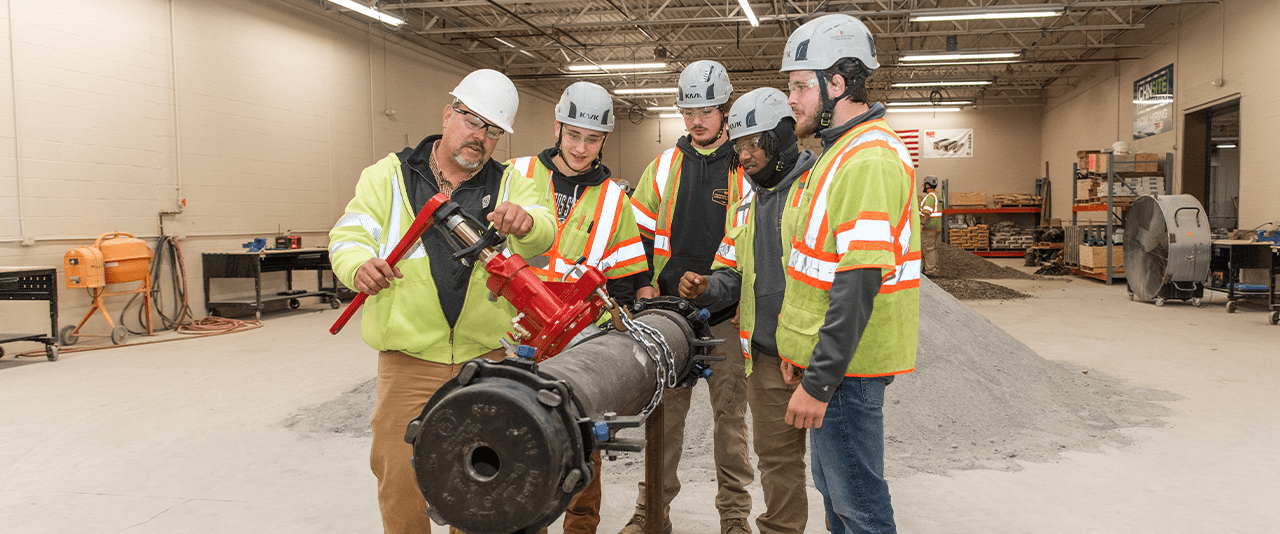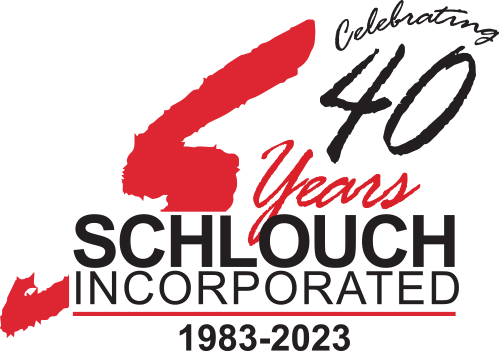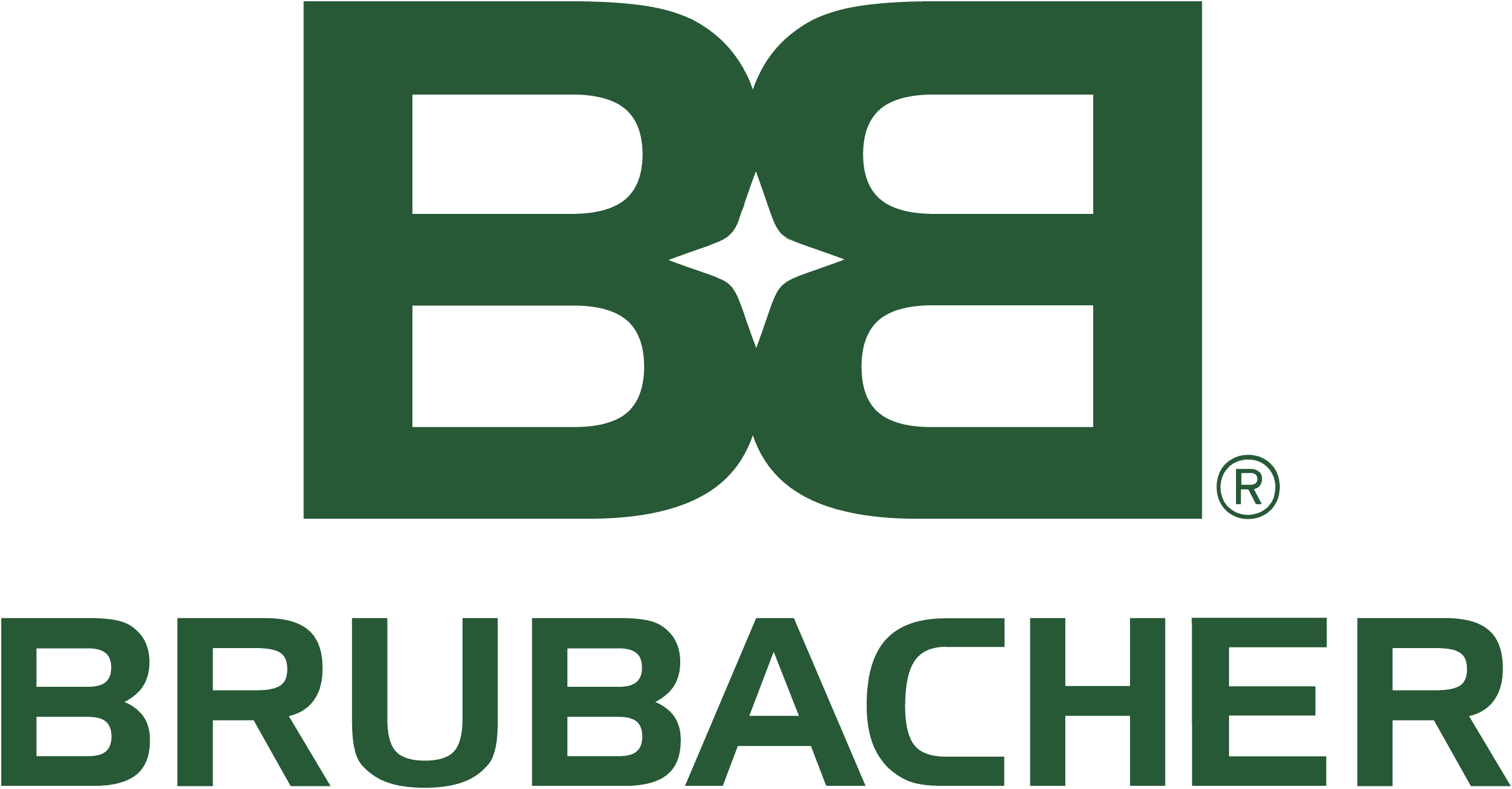
Civil Engineering Construction Technology
Get started today
About Civil Engineering Construction Technology
The heavy civil engineering construction industry provides tremendous career advancement, including transformational financial growth.
The theory and hands-on field portions of this program will allow students to develop the skills to work in the construction of roadways, municipal and state infrastructure projects, underground utilities, horizontal site development, and construction of water and wastewater infrastructures.
If you like to work outside with innovative equipment, civil construction is right for you. There will also be opportunities to gain field experience during a summer internship.
What you’ll learn
Prepare construction schedule from detailed drawings and structural features of highways, bridges, or drawings used in civil engineering projects. Use knowledge of heavy civil construction processes, procedures, uses of building materials, aggregates and engineering practices to work in the construction of roadways, municipal and state infrastructure, underground utilities, energy, horizontal site development, materials production and application, and construction of water and wastewater infrastructures.
Sample Job Titles
Field Technician, Paving Crew Member, Pipe Layer, Bridge Crew Member, Junior Project Manager, Junior Estimator, Pipe Foreman, Horizontal Construction Foreman, Paving Superintendent, Bridge Superintendent/Project Manager, Project Foreman, Associate Heavy Civil Engineer, Field Engineer
Quick facts
Location
Thaddeus Stevens College at Greenfield
Type of program
Associate Degree
Length of program
2 years, 74 credits
Job/Salary Outlook
See industry data
Cost of program
$4,500/semester tuition
$3,000 – $3,500/semester housing
$1,850 – $2,335/semester meal plan
Tool List: Download here. (PDF)
Program details
Courses
The model schedule for the Civil Engineering Construction Technology program is outlined below.
Semester 1
- CIVL 101 Principles of Civil Engineering Construction Technology (3 credits)
- CIVL 105 Job Site & Traffic Safety (3 credits)
- CIVL 110 Construction Drawings, Site Plans, Specifications (3 credits)
- CIVL 115 Construction Survey I (3 credits)
- ENGLISH 106 English Composition (3 credits)
- MATH 126 Technical Math I or Higher (3 credits)
Semester 2
- CIVL 150 Erosion & Sediment Control (3 credits)
- CIVL 155 Utility Installation I (3 credits)
- CIVL 160 GPS Fundamentals (3 credits)
- CIVL 165 Construction Survey II (3 credits)
- CIS 105 Drawing with AutoCAD (3 credits)
- MATH 132 Elementary Geometry or Higher (3 credits)
Semester 3
- CIVL 205 Earthwork Fundamentals (3 credits)
- CIVL 210 Engineering Materials and Processes (3 credits)
- CIVL 215 Utility Installation II (3 credits)
- CIVL 220 Site Grading Designs & Grading Types (3 credits)
- SCIENCE Elective (3 credits)
- ENGLISH 216 Technical Report Writing or Public Speaking (222) (3 credits)
Semester 4
- CIVL 255 Leadership, Ethics, and Legal Issues in Construction Management (3 credits)
- CIVL 260 Cost Estimating, Project, and Field Construction Management (3 credits)
- CIVL 265 Structured Concrete Operations (3 credits)
- CIVL 270 Asphalt Paving Operations (3 credits)
- HUMANITIES Elective (3 credits)
- GEN STUDIES Elective (3 credits)
Additional General Education Requirements
- HEALTH Health 106 or Health 111 (1 credit)
Total Credits 74
Download PDF Version of Civil Engineering Construction Technology Schedule
Faculty
Mitchell Kauffman
Instructor, Civil Engineering Construction Technology 2nd kauffmanm@stevenscollege.eduOccupational Advisory Committee
The Occupational Advisory Committee (OAC) serves as a vital link between the Program of study and industry, ensuring that the program remains aligned with current workforce needs, technological advancements, and best practices in the field. Composed of employers, educators, and other community members, the committee provides guidance, feedback, and recommendations to enhance the curriculum, instructional methods, and student learning experiences.
Purpose and Responsibilities:
- Curriculum & Industry Alignment
- Workforce Readiness
- Student & Faculty Support
- Internship & Employment Connections
- Accreditation & Program Evaluation
- Facilities & Equipment Recommendations
By fostering a strong relationship between academia and industry, the OAC helps ensure that Thaddeus Stevens College programs maintain the highest standards in CTE (career and technical education).
- Nate Brenneman, Allan Myers
- Joe England, Allan Myers
- Kevin Eshelman, SLC Excavating LLC
- Jordan Keller, Brubacher Excavating Inc.
- Dan MacArthur, Berg Construction
- Brian Miller, ELA Group, Inc.
- Glen Powell, Schlouch Incorporated
- Craig Turnbaugh, self-employed
Essential Skills Learned
Prepare detailed drawings of architectural and structural features of buildings or drawings ad topographical relief maps used in civil engineering projects, such as highways, bridges, and public works. Use knowledge of building materials, engineering practices, and mathematics to complete drawings.
Tasks
- Produce drawings, using computer-assisted drafting systems (CAD) or drafting machines, or by hand, using compasses, dividers, protractors, triangles, and other drafting devices.
- Draft plans and detailed drawings for structures, installations, and construction projects, such as highways, sewage disposal systems, and dikes, working from sketches or notes.
- Coordinate structural, electrical, and mechanical designs and determine a method of presentation to graphically represent building plans.
- Analyze building codes, by-laws, space and site requirements, and other technical documents and reports to determine their effect on architectural designs.
- Draw maps, diagrams, and profiles, using cross-sections and surveys, to represent elevations, topographical contours, subsurface formations, and structures.
- Layout and plan interior room arrangements for commercial buildings, using computer-assisted drafting (CAD) equipment and software.
- Supervise and train other technologists, technicians, and drafters.
- Determine the order of work and method of presentation, such as orthographic or isometric drawing.
- Finish and duplicate drawings and documentation packages according to required mediums and specifications for reproduction, using blueprinting, photography, or other duplicating methods.
- Draw rough and detailed scale plans for foundations, buildings, and structures, based on preliminary concepts, sketches, engineering calculations, specification sheets, and other data.
Tools used in this occupation
- Curves — Flexible curves; French curves
- Graphics or video accelerator cards — Computer-aided design CAD multi-unit display graphics cards
- Scales — Architects’ scales; Electronic scales
- Scanners — Backlit digitizers; Sonic digitizers; Three-dimensional laser digitizers; Wide-format document scanners
- Tablet computers — Graphics tablets; Pressure-sensitive graphic tablets
Technology used in this occupation
- Computer-aided design CAD software — Autodesk AutoCAD Civil 3D; Autodesk Revit; Bentley MicroStation; Trimble SketchUp Pro
- Development environment software — Adobe Systems Adobe Creative Suite; C; Microsoft .NET Framework
- Graphics or photo imaging software — Adobe Systems Adobe Illustrator; Adobe Systems Adobe Photoshop; Corel Paint Shop Pro; Microsoft Visio
- Map creation software — ESRI ArcGIS software; ESRI ArcView; Geomechanical design analysis GDA software; Topographic map software
- Presentation software — Microsoft PowerPoint
Knowledge
- Design — Knowledge of design techniques, tools, and principles involved in production of precision technical plans, blueprints, drawings, and models.
- Building and Construction — Knowledge of materials, methods, and the tools involved in the construction or repair of houses, buildings, or other structures such as highways and roads.
- Engineering and Technology — Knowledge of the practical application of engineering science and technology. This includes applying principles, techniques, procedures, and equipment to the design and production of various goods and services.
- Computers and Electronics — Knowledge of circuit boards, processors, chips, electronic equipment, and computer hardware and software, including applications and programming.
- English Language — Knowledge of the structure and content of the English language including the meaning and spelling of words, rules of composition, and grammar.
- Mathematics — Knowledge of arithmetic, algebra, geometry, calculus, statistics, and their applications.
- Public Safety and Security — Knowledge of relevant equipment, policies, procedures, and strategies to promote effective local, state, or national security operations for the protection of people, data, property, and institutions.
- Administration and Management — Knowledge of business and management principles involved in strategic planning, resource allocation, human resources modeling, leadership technique, production methods, and coordination of people and resources.
- Customer and Personal Service — Knowledge of principles and processes for providing customer and personal services. This includes customer needs assessment, meeting quality standards for services, and evaluation of customer satisfaction.
Skills
- Active Listening — Giving full attention to what other people are saying, taking time to understand the points being made, asking questions as appropriate, and not interrupting at inappropriate times.
- Critical Thinking — Using logic and reasoning to identify the strengths and weaknesses of alternative solutions, conclusions or approaches to problems.
- Reading Comprehension — Understanding written sentences and paragraphs in work related documents.
- Speaking — Talking to others to convey information effectively.
- Writing — Communicating effectively in writing as appropriate for the needs of the audience.
- Complex Problem Solving — Identifying complex problems and reviewing related information to develop and evaluate options and implement solutions.
- Judgment and Decision Making — Considering the relative costs and benefits of potential actions to choose the most appropriate one.
- Systems Analysis — Determining how a system should work and how changes in conditions, operations, and the environment will affect outcomes.
- Active Learning — Understanding the implications of new information for both current and future problem-solving and decision-making.
- Mathematics — Using mathematics to solve problems.
- Monitoring — Monitoring/Assessing performance of yourself, other individuals, or organizations to make improvements or take corrective action.
- Time Management — Managing one’s own time and the time of others.
Abilities
- Near Vision — The ability to see details at close range (within a few feet of the observer).
- Oral Comprehension — The ability to listen to and understand information and ideas presented through spoken words and sentences.
- Written Comprehension — The ability to read and understand information and ideas presented in writing.
- Oral Expression — The ability to communicate information and ideas in speaking so others will understand.
- Problem Sensitivity — The ability to tell when something is wrong or is likely to go wrong. It does not involve solving the problem, only recognizing there is a problem.
- Information Ordering — The ability to arrange things or actions in a certain order or pattern according to a specific rule or set of rules (e.g., patterns of numbers, letters, words, pictures, mathematical operations).
- Visualization — The ability to imagine how something will look after it is moved around or when its parts are moved or rearranged.
- Deductive Reasoning — The ability to apply general rules to specific problems to produce answers that make sense.
- Written Expression — The ability to communicate information and ideas in writing so others will understand.
- Inductive Reasoning — The ability to combine pieces of information to form general rules or conclusions (includes finding a relationship among seemingly unrelated events).
- Speech Clarity — The ability to speak clearly so others can understand you.
- Flexibility of Closure — The ability to identify or detect a known pattern (a figure, object, word, or sound) that is hidden in other distracting material.
Work Activities
- Interacting With Computers — Using computers and computer systems (including hardware and software) to program, write software, set up functions, enter data, or process information.
- Drafting, Laying Out, and Specifying Technical Devices, Parts, and Equipment — Providing documentation, detailed instructions, drawings, or specifications to tell others about how devices, parts, equipment, or structures are to be fabricated, constructed, assembled, modified, maintained, or used.
- Getting Information — Observing, receiving, and otherwise obtaining information from all relevant sources.
- Evaluating Information to Determine Compliance with Standards — Using relevant information and individual judgment to determine whether events or processes comply with laws, regulations, or standards.
- Making Decisions and Solving Problems — Analyzing information and evaluating results to choose the best solution and solve problems.
- Communicating with Supervisors, Peers, or Subordinates — Providing information to supervisors, co-workers, and subordinates by telephone, in written form, e-mail, or in person.
- Thinking Creatively — Developing, designing, or creating new applications, ideas, relationships, systems, or products, including artistic contributions.
Work Context
- Electronic Mail — How often do you use electronic mail in this job?
- Face-to-Face Discussions — How often do you have to have face-to-face discussions with individuals or teams in this job?
- Indoors, Environmentally Controlled — How often does this job require working indoors in environmentally controlled conditions?
- Importance of Being Exact or Accurate — How important is being very exact or highly accurate in performing this job?
- Spend Time Sitting — How much does this job require sitting?
- Telephone — How often do you have telephone conversations in this job?
- Work With Work Group or Team — How important is it to work with others in a group or team in this job?
- Time Pressure — How often does this job require the worker to meet strict deadlines?
- Contact With Others — How much does this job require the worker to be in contact with others (face-to-face, by telephone, or otherwise) in order to perform it?
- Coordinate or Lead Others — How important is it to coordinate or lead others in accomplishing work activities in this job?
- Freedom to Make Decisions — How much decision-making freedom, without supervision, does the job offer?
- Importance of Repeating Same Tasks — How important is repeating the same physical activities (e.g., key entry) or mental activities (e.g., checking entries in a ledger) over and over, without stopping, to performing this job?
Interests
- Realistic— Realistic occupations frequently involve work activities that include practical, hands-on problems and solutions. They often deal with plants, animals, and real-world materials like wood, tools, and machinery. Many of the occupations require working outside, and do not involve a lot of paperwork or working closely with others.
- Conventional— Conventional occupations frequently involve following set procedures and routines. These occupations can include working with data and details more than with ideas. Usually, there is a clear line of authority to follow.
- Artistic— Artistic occupations frequently involve working with forms, designs, and patterns. They often require self-expression and the work can be done without following a clear set of rules.
- Investigative— Investigative occupations frequently involve working with ideas and require an extensive amount of thinking. These occupations can involve searching for facts and figuring out problems mentally.
Work Styles
- Attention to Detail — Job requires being careful about detail and thorough in completing work tasks.
- Dependability — Job requires being reliable, responsible, and dependable, and fulfilling obligations.
- Cooperation — Job requires being pleasant with others on the job and displaying a good-natured, cooperative attitude.
- Analytical Thinking — Job requires analyzing information and using logic to address work-related issues and problems.
- Adaptability/Flexibility — Job requires being open to change (positive or negative) and to considerable variety in the workplace.
- Independence — Job requires developing one’s own ways of doing things, guiding oneself with little or no supervision, and depending on oneself to get things done.
Work Values
- Support — Occupations that satisfy this work value offer supportive management that stands behind employees. Corresponding needs are Company Policies, Supervision: Human Relations and Supervision: Technical.
- Working Conditions — Occupations that satisfy this work value offer job security and good working conditions. Corresponding needs are Activity, Compensation, Independence, Security, Variety, and Working Conditions.
- Achievement — Occupations that satisfy this work value are results-oriented and allow employees to use their strongest abilities, giving them a feeling of accomplishment. Corresponding needs are Ability Utilization and Achievement.
Performance Measures
This program has just graduated its first cohort in the Spring of 2024. Graduate surveys are conducted one year after graduation and 5 years after graduation. Data will be made public as it becomes available.

Our graduates work with the industry’s best




